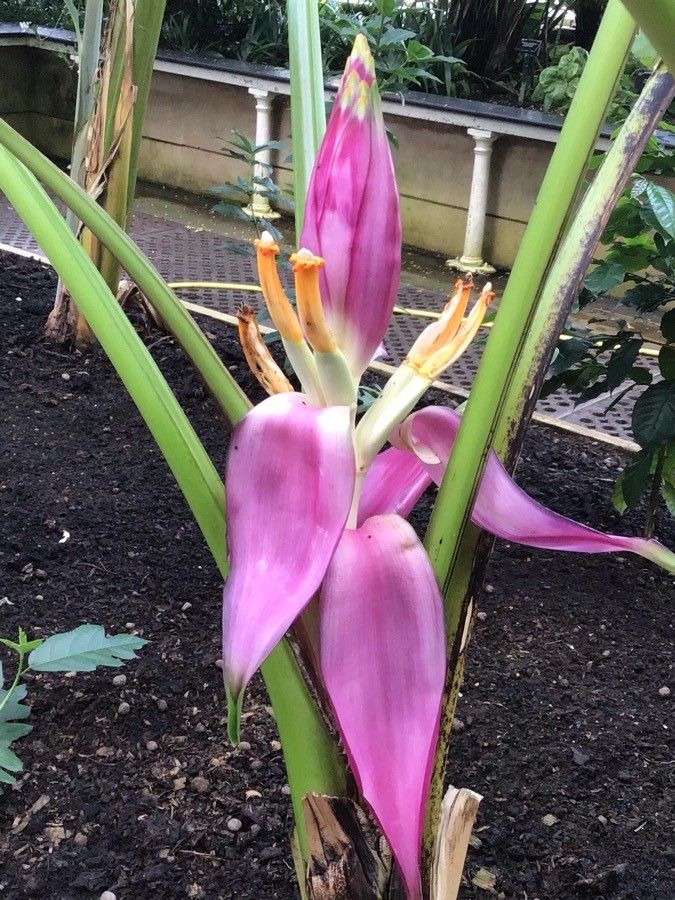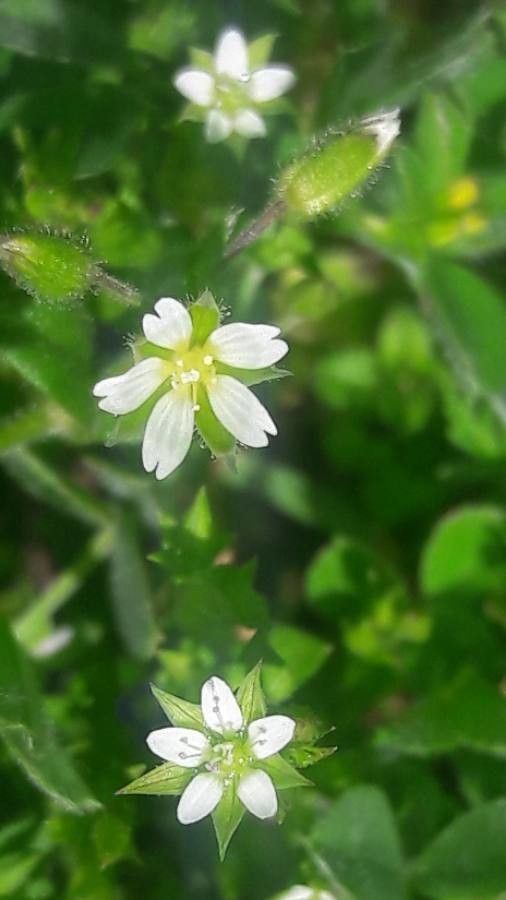### Hedge Mustard: A Comprehensive Guide
Hedge mustard ( *Sisymbrium officinale*), a member of the Brassicaceae family (mustard family), is a common plant found across the globe. While often considered a weed, this resilient plant holds a fascinating history and unique characteristics. This guide provides a detailed overview of hedge mustard, encompassing its identification, habitat, growth, and potential uses.
### Identification
Hedge mustard is an annual or biennial herb, typically reaching heights of 30-100cm. Its stems are erect and branched, covered in fine hairs. The leaves are lance-shaped, pinnately lobed (divided into smaller leaflets), and vary in size depending on the plant's location on the stem. The basal leaves are larger and more deeply lobed than those higher up the stem. The small, yellow flowers are arranged in elongated racemes (clusters), with four petals forming a cross shape, a characteristic of the Brassicaceae family. The fruits are long, slender siliques (seed pods) that are appressed (closely pressed) to the stem. These siliques contain many small, dark brown seeds.
### Habitat and Growth
Hedge mustard thrives in disturbed habitats, making it a common sight in wastelands, roadsides, fields, and even gardens. It prefers full sun to partial shade and tolerates a wide range of soil conditions, from poor to moderately fertile. Its ability to self-seed prolifically contributes to its widespread distribution. This plant is incredibly adaptable and can flourish in various climates. It’s often found growing in dense patches, quickly colonizing suitable areas.
### Is Hedge Mustard Invasive?
In many regions, hedge mustard is considered an invasive weed due to its rapid growth and ability to outcompete native plants. Its prolific self-seeding nature allows it to spread quickly, establishing large populations. However, its impact varies depending on the local ecosystem.
### Potential Uses
Despite its weedy reputation, hedge mustard has historically had some uses. Historically, its young leaves have been consumed as a potherb (boiled as a vegetable), though it's crucial to ensure proper identification and preparation. It’s important to note that this shouldn't be undertaken without expert guidance as there are toxic lookalikes. The plant has also been used in folk medicine, although its efficacy and safety aren't scientifically proven and should not be relied upon without consulting a medical professional.
### Controlling Hedge Mustard
Controlling hedge mustard often involves a combination of methods. Hand-pulling small infestations is effective, especially before seed set. For larger areas, herbicides can be used; however, this should be approached cautiously, considering the impact on surrounding vegetation. Regular mowing can help prevent seed production. Prevention through careful soil management and weed control practices is key.
### Conclusion
Hedge mustard is a fascinating plant, demonstrating resilience and adaptability. Understanding its characteristics can aid in identification and management. Whether viewed as a weed or a part of the natural landscape, its presence highlights the dynamic nature of plant communities.
Hedge Mustard: Identification, Growth & Care Guide

Frequently Asked Questions
How to identify hedge mustard?
Identify hedge mustard by its erect, branched stems, lance-shaped pinnately lobed leaves, small yellow cross-shaped flowers in elongated racemes, and long, slender siliques (seed pods) pressed to the stem. Compare with images for accurate identification.
Is hedge mustard invasive?
Yes, in many areas hedge mustard is considered an invasive weed due to its rapid growth, self-seeding habits, and ability to outcompete native plants. Its invasiveness varies regionally.


